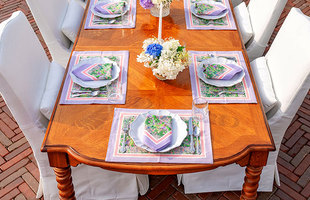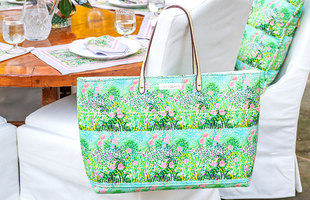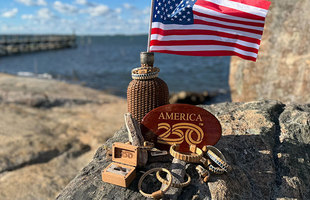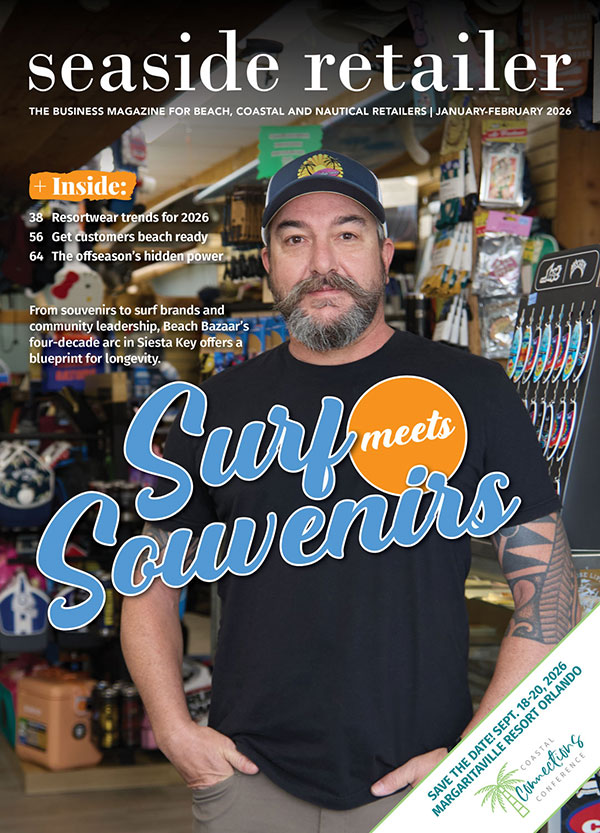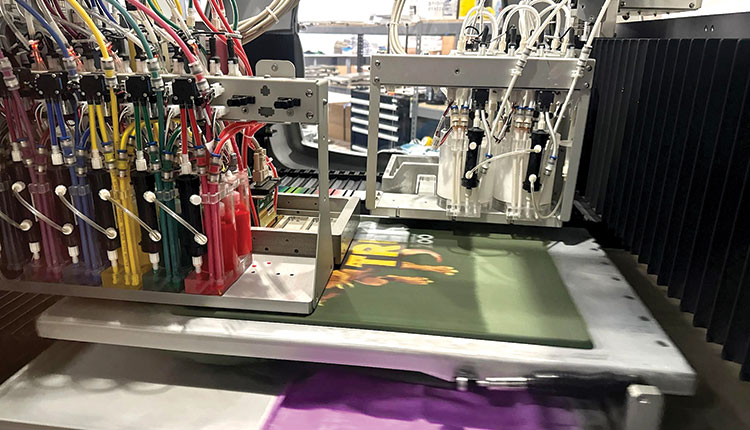
Tons of textiles are wasted by the fashion industry each year — 92 million tons to be exact. With the push for faster fashion and cheap materials, sustainability hasn't exactly been a top priority.
Fortunately, some are taking steps to change the negative impact of fashion. Businesses such as A&F Souvenir and Lantern Press are leading the charge by switching from traditional screen printing to direct-to-garment (DTG) printing. This approach to clothing design is a game-changer for the environment while improving cost and quality, according to the companies.
DTG uses 95% less water, 60% less energy, and generates substantially less chemical waste. It also uses eco-friendly and water-based ink options which aren’t always found in traditional screen printing. With textile production as the second-most polluting industry worldwide, according to these companies, every step made to reduce the impact on the environment matters.
“Direct-to-garment printing has been a game changer for us over the past year in reducing our carbon footprint, water waste, and overall energy consumption,” says Kip Zsupnik Jr, CEO of A&F Souvenir. “We aren’t sacrificing quality in order to be more sustainable either; DTG printing has literally changed the way we do business.”
According to the companies, the cost to print multiple colors or full-color designs is actually less than traditional screen printing, largely because this style of printing offers reduced setup and color separation costs. It also removes the minimum order barrier, making customized or one-off designs more affordable and allowing businesses to add limited edition prints to their product lines.
“Screen printing our detailed artwork required eight or more screens, leading to high minimums,” says Aaron Morris, CEO of Lantern Press. “With DTG, we can offer our customers a minimum order of 36 pieces with perfectly accurate colors.”
DTG also provides a wide range of design options. “You have zero limitations on the number of colors or gradients and you can also print intricate designs and fine details with ease,” says Don Whaley, Vice President, Kornit Digital.
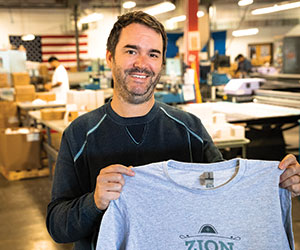
With this level of detail, customers can print everything from photographs and small text to complex artwork without it blending or blurring together, he notes. “In terms of quality, there’s nothing quite like it. It’s just making design work even better,” says Whaley.
A&F Souvenir and Lantern Press agree. “We are able to offer our customers an elevated level of quality for both apparel and souvenirs. This allows our talented art team to design without limitations,” says Zsupnik.
Morris adds, “We’ve been asked for years to make our artwork available on apparel, but our screen print partners struggled to achieve our colors and the thick layer of ink resulted in a poor hand feel. Now our shirts are super soft, because with DTG you don’t have to pile on the ink. We’ve also found DTG to be highly durable.”
He adds, “Since inception, Lantern Press has been known for our artwork. Now our customers, who've been asking for apparel in their product collections, can get exactly what they want.”
